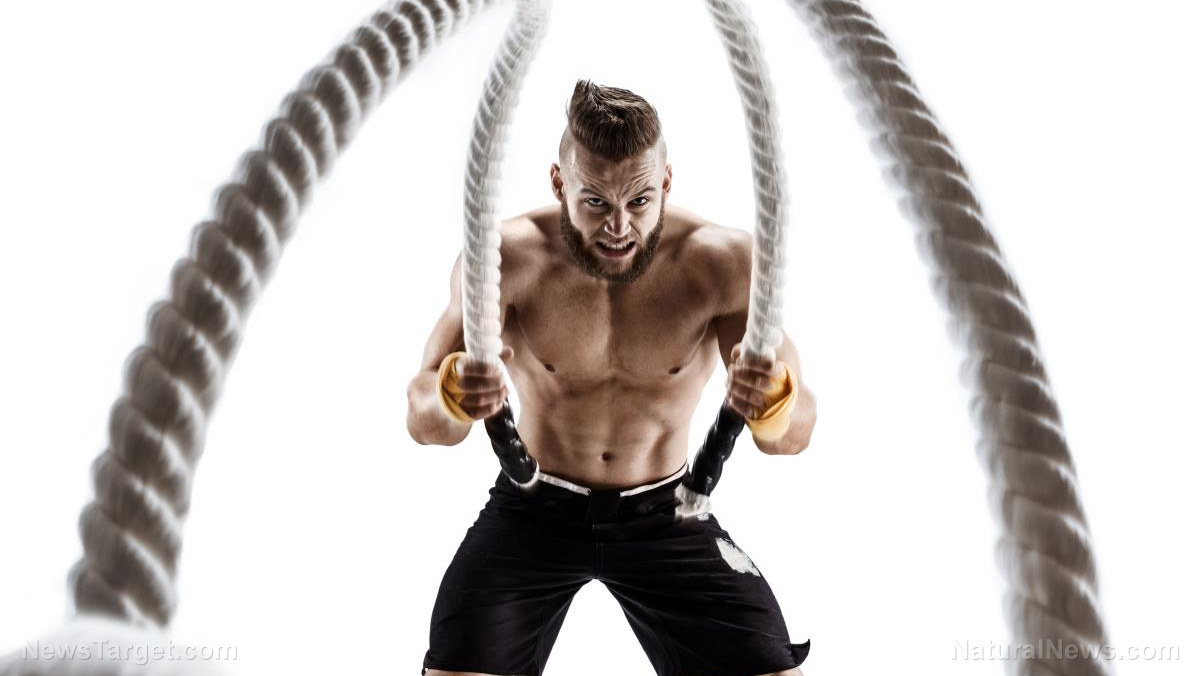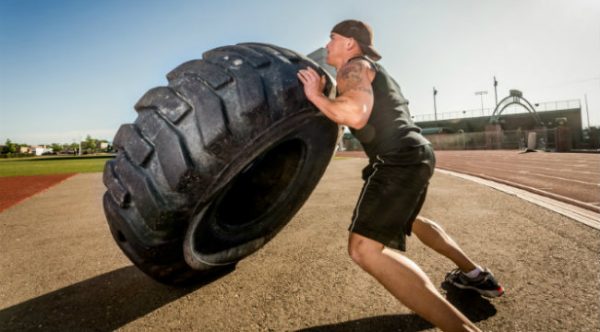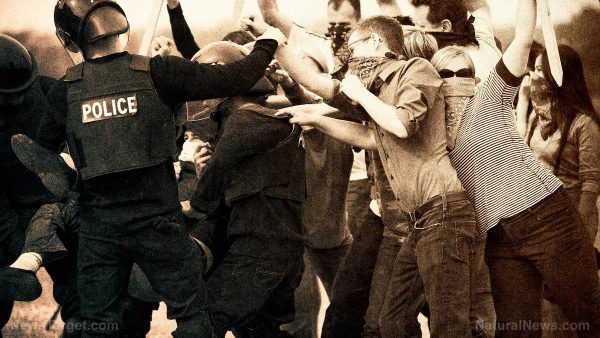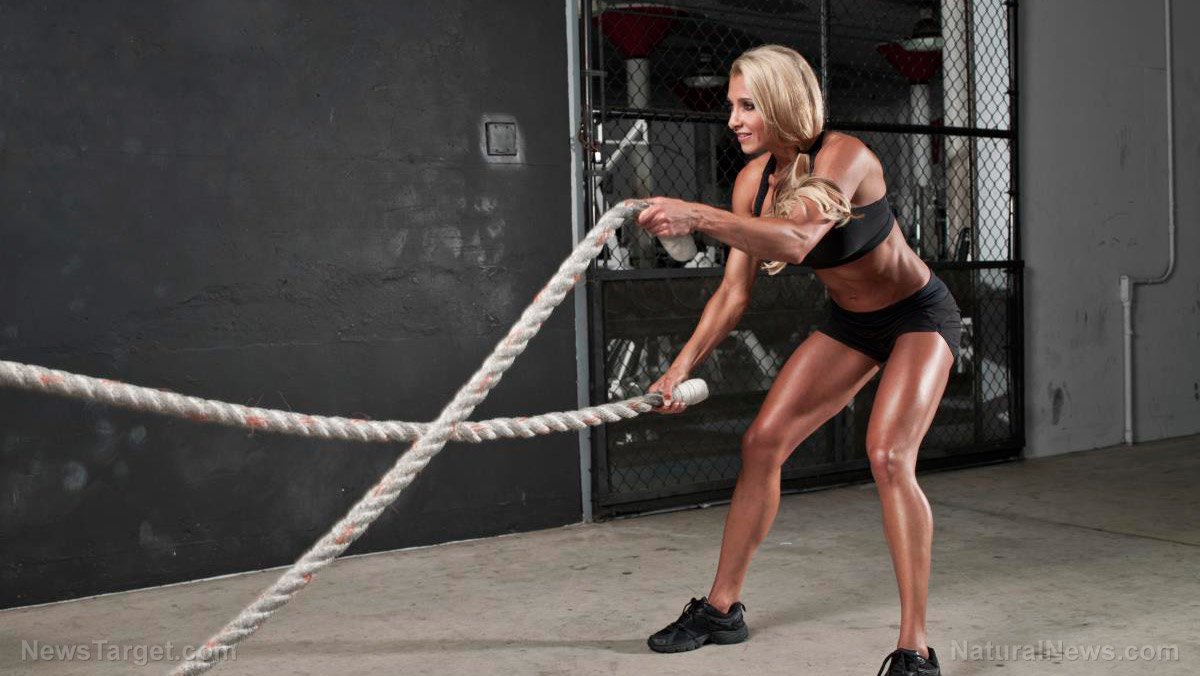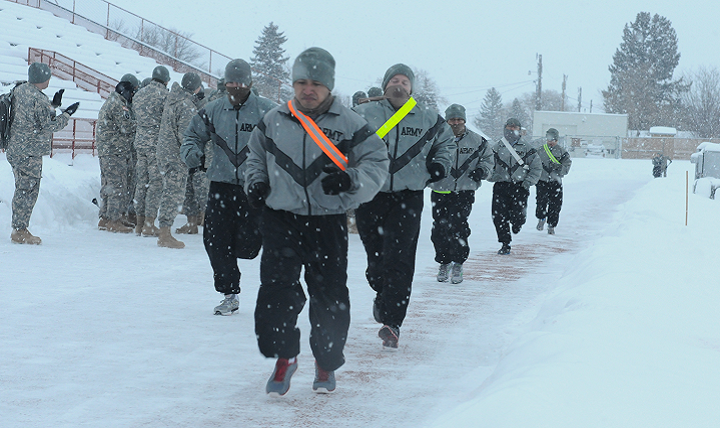
But you must do it.
First of all, you already know you hate cold weather – if you’re like me, that is. But we also know that a lot of people train in it: Think hockey players, football players, snowboarders and skiers, just to name a few. There are also winter endurance sports, and this is where your training will take place – in this area.
If you’ve downloaded my free ebook, “Fit to Fight: A Prepper’s Guide to Extreme Fitness for All Ages,” then you know what I’m talking about when it comes to extreme. If you haven’t downloaded it, do so now and find out; again, it’s free and there are no strings attached. The point is, those workouts are no joke but frankly, we all need to be in the kind of shape it takes to fight in all kinds of weather. Stuff doesn’t wait to hit the fan just when it’s convenient or easier for us to adapt.
First, the basics. Colder weather presents special hazards to our bodies that are not present when it’s warmer. For one, in colder temperatures we run the risk of developing frostbite on unprotected parts of our body – ears, hands, and feet, mostly. For another, extreme fitness workouts in cold weather will still make you sweat, and sweating in cold weather dramatically increases your chance of succumbing to cold weather exposure.
Also, notes the Mayo Clinic, “Exercise is safe for almost everyone, even in cold weather. But if you have certain conditions, such as asthma, heart problems or Raynaud's disease, check with your doctor first to review any special precautions you need based on your condition or your medications.” Also, make sure to dress in layers; as you begin to sweat, take off outer layers so you can keep them dry and put them on later when you’ve finished your workout.
As in summer weather, you also need to make sure you stay hydrated. One thing cold weather can do is make us feel less thirsty or, at a minimum, make us less willing to drink water. But you have to be mindful of the fact that you can get dehydrated in the winter the same as you can in the summer. And the more dehydrated you are, the easier it will become to succumb to a cold-weather injury.
Here are some additional tips for working out in cold weather:
-- Be mindful of wind chill: Temps will already be cold, but if the wind picks up then the wind chill becomes a factor, often decreasing temperatures by double digits. Make sure you take a peek at the forecast for your area before heading out to flip tires, pull weighted sleds, and run sprints (though you shouldn’t be doing any of these things on ice and snow).
-- Some people recommend sticking some of your outer clothing layers in the dryer for 10 minutes or so before putting them on, especially runners. You may feel a little too toasty for a bit but you’ll cool down somewhat, especially as you sweat, and that will all even out.
-- Speaking of running, it is recommended that when you begin, you should try to run into the wind first, and then have the wind at your back on your return trip. Why? Because you’re going to be sweating more on your way back; running into the wind then increases wind chill and your chance of developing a cold weather injury.
Remember, we can’t pick and choose when (or where) stuff will hit the fan. Time of year, time of day, location – all of those factors and more are variables we can’t control. So we have to train for all circumstances, and that will include getting outdoors this winter for some extreme fitness workouts.
J.D. Heyes is a senior writer for NaturalNews.com and NewsTarget.com, as well as editor of The National Sentinel.
Sources include:
Please contact us for more information.
















